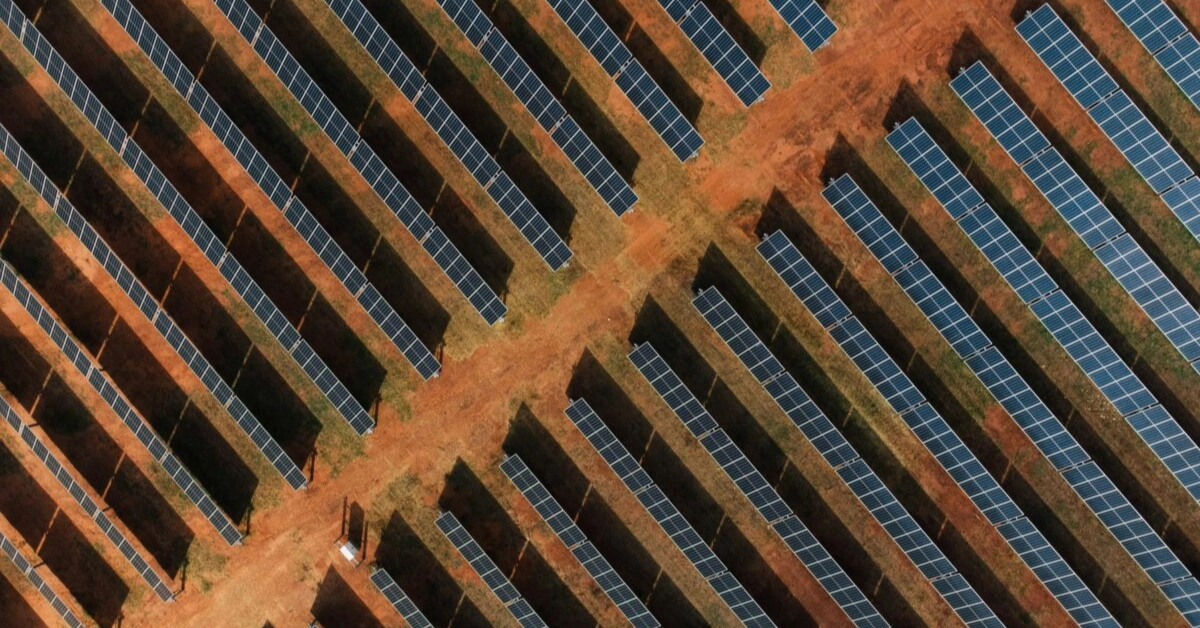
The CSIRO and Australian Energy Market Operator (AEMO) have released the final 2024–25 GenCost Report, showing fresh cost estimates for new electricity generation technologies being built in Australia. The report confirms that renewables—specifically wind and solar, backed by storage and transmission—remain the most cost-effective options for new electricity generation.
GenCost, Australia’s leading source of generation cost data, plays a key role in supporting energy system modelling and investment planning. While wind and solar lead in cost, the report stresses the need for a mix of technologies to maintain reliability and flexibility across the national electricity market in the long term.
Although large-scale nuclear and gas with carbon capture and storage (CCS) were included as the following least expensive possibilities, the paper points out that neither is currently used in Australia to generate power. As such, they may face extended lead times and “first-of-a-kind” cost premiums before deployment.
Small modular nuclear reactors (SMRs) remain the most expensive new-build option, even with updated data from Canada’s Darlington project—one of the first commercial-scale benchmarks from a Western country. The costs reported fell within the previously projected GenCost range.
CSIRO Director of Energy, Dr Dietmar Tourbier, emphasised GenCost’s role as a trusted and independent benchmark for the sector.
“GenCost delivers transparent, independent cost estimates that feed directly into electricity system modelling and investment planning,” Dr Tourbier said.
“By drawing on expert input from across the electricity sector, GenCost reinforces CSIRO’s role as a neutral source of scientific insight to help guide Australia’s energy transition,” he added.
Lead author and CSIRO Chief Energy Economist, Paul Graham, said this year’s consultation process attracted fewer stakeholder submissions than previous reports, though they represented a wider spread of views.
“Most input focused on technologies either in development or already under construction—like pumped hydro, solar PV, wind, gas, solar thermal and electrolysers,” Mr Graham said.
“GenCost’s strength is in working together. We depend on the deep expertise of the electricity industry because no single organisation can track every technology in detail.”
This year’s report sees an upward revision in cost forecasts for most technologies, despite falling prices for solar PV and batteries. The adjustments were driven by several key factors:
- New evidence points to a sustained long-term increase in Australian construction costs
- Inclusion of work camp costs in capital projections for future wind projects
- Global market intelligence indicates potential delays in gas turbine supply
- Higher assumed capital financing rates to align with other major industry studies
AEMO’s Executive General Manager of System Design, Merryn York, said GenCost plays an essential role in shaping the future of Australia’s power system.
“AEMO supports CSIRO, as the author of the GenCost report, by commissioning current generator capital cost estimates,” Ms York said.
“These costs will directly inform our upcoming Draft Integrated System Plan in December,” she added.
The GenCost report remains a vital tool as Australia navigates its energy transition, combining up-to-date data and sector-wide insights to ensure informed, evidence-based planning.